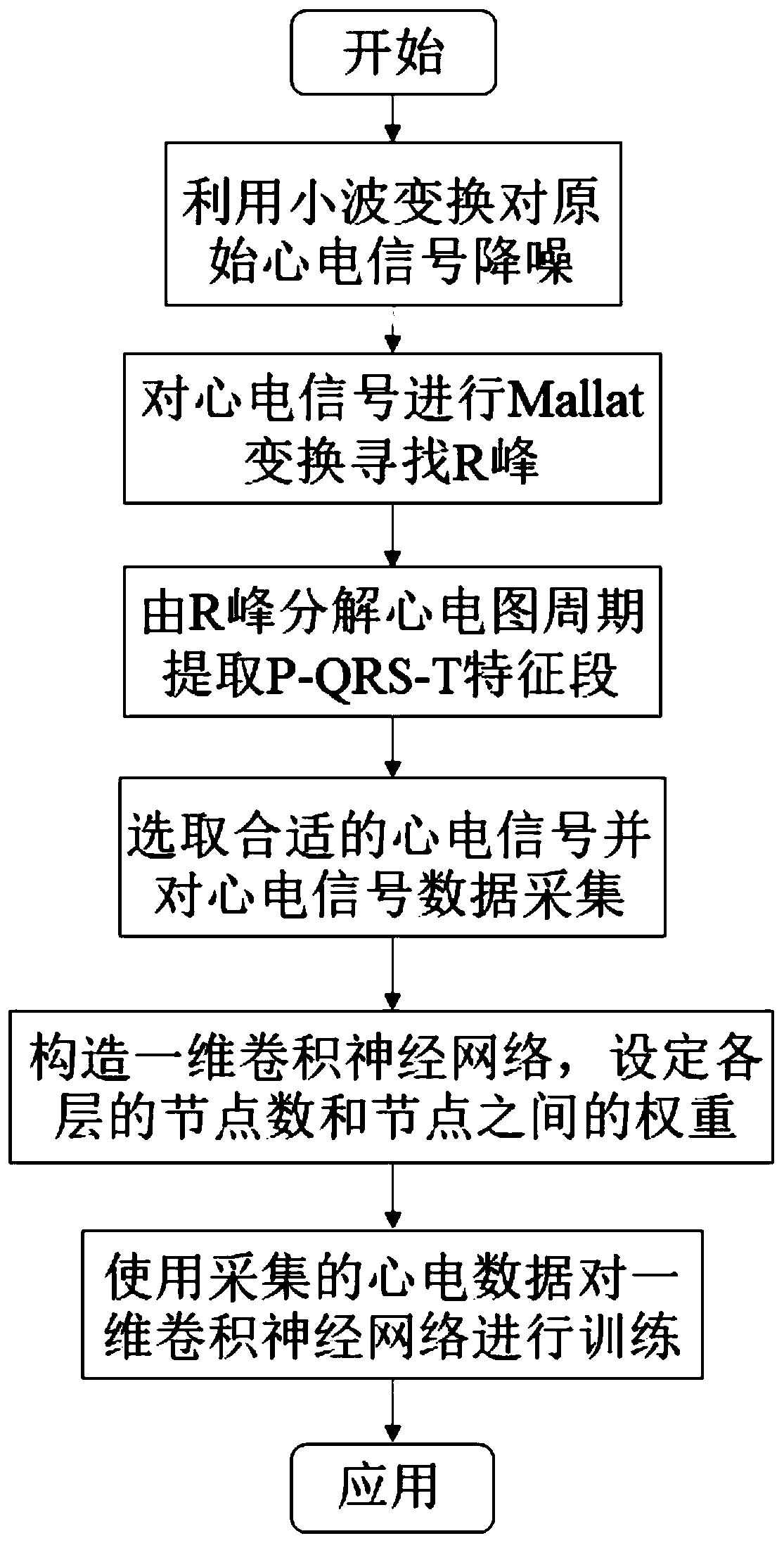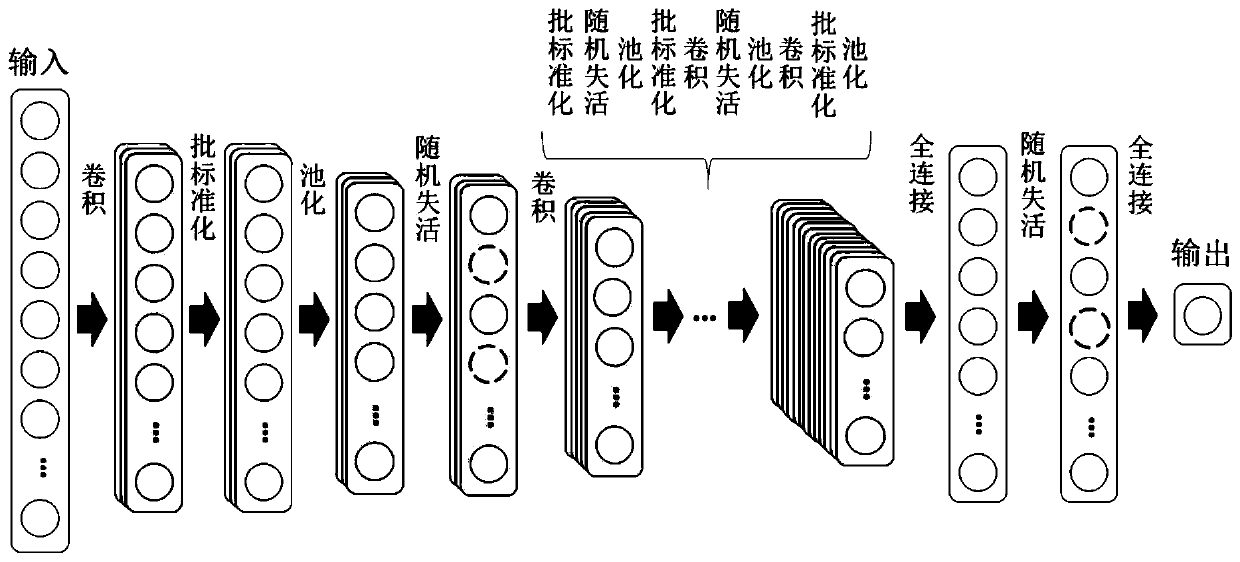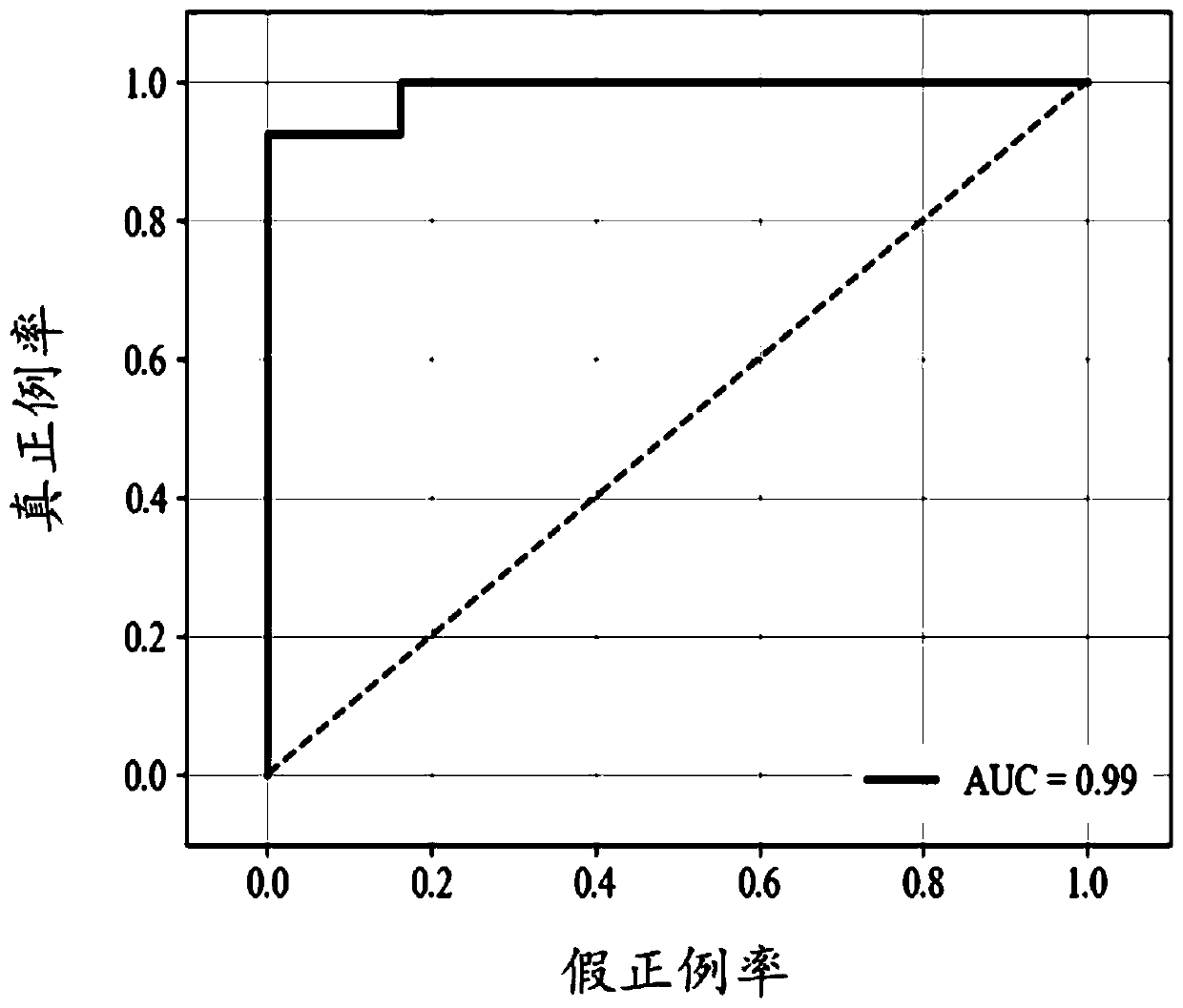Electrocardiogram data classification method based on 12 leads and convolution neural network
A convolutional neural network and classification method technology, applied in the field of ECG data classification, can solve difficult problems such as clinical diagnosis of cardiovascular diseases
- Summary
- Abstract
- Description
- Claims
- Application Information
AI Technical Summary
Problems solved by technology
Method used
Image
Examples
Embodiment 1
[0046] A total of 247 subjects were selected from the PTB Diagnostic ECG Database, including 2 categories: 52 healthy controls and 195 patients with cardiovascular disease. The selected samples involved four common cardiovascular diseases, including myocardial infarction, heart failure, arrhythmia and bundle branch block. The distribution of the subjects is shown in Table 1.
[0047] Table 1 Distribution of subjects
[0048]
[0049] The 12-lead ECG collects ECG signals from the body surface through Ag / AgCl electrodes. The collected ECG signals have the characteristics of small signal amplitude, wide spectrum range and strong noise. If it is directly input into the classifier, it will affect the accuracy of diagnosis of patients with cardiovascular disease. Therefore, the original ECG signal must be denoised before the one-dimensional convolutional neural network model is established. Because of its good time-frequency localization performance, wavelet transform is widel...
PUM
 Login to View More
Login to View More Abstract
Description
Claims
Application Information
 Login to View More
Login to View More - R&D
- Intellectual Property
- Life Sciences
- Materials
- Tech Scout
- Unparalleled Data Quality
- Higher Quality Content
- 60% Fewer Hallucinations
Browse by: Latest US Patents, China's latest patents, Technical Efficacy Thesaurus, Application Domain, Technology Topic, Popular Technical Reports.
© 2025 PatSnap. All rights reserved.Legal|Privacy policy|Modern Slavery Act Transparency Statement|Sitemap|About US| Contact US: help@patsnap.com



